 I’ve had this post “on deck” for about two weeks now but just haven’t been able to find the time to add the pictures and actually publish it. I remember when I was posting three times a week on this here blog – now I’m lucky if I can manage three posts a month! However, with it being the 2014 Christmas Baking Season, and with all the blog-worthy baking that has been coming out of my kitchen, and fact that I’m off work for a few weeks over the holidays, maybe I’ll actually be able to get it together to post a few more times before this month is over… 😉
I’ve had this post “on deck” for about two weeks now but just haven’t been able to find the time to add the pictures and actually publish it. I remember when I was posting three times a week on this here blog – now I’m lucky if I can manage three posts a month! However, with it being the 2014 Christmas Baking Season, and with all the blog-worthy baking that has been coming out of my kitchen, and fact that I’m off work for a few weeks over the holidays, maybe I’ll actually be able to get it together to post a few more times before this month is over… 😉

One thing that always signals Christmas to me is shortbread. This is one of the simplest cookies you can make – just one part sugar to two parts butter to three parts flour by weight (plus some salt) – and it tastes better as it ages, so it’s a great candidate for baking ahead of time. Lots of recipes call for the addition of rice flour or cornstarch to make the cookies more tender, and while that can have delicious results, I doubt that either were common ingredients in the traditional Scottish kitchen. Instead, I used a little bit of semolina flour – a courser grind of flour probably more similar to hand-milled flour – to give the cookies a bit of a sandier texture. I also employed a different mixing technique: rather than creaming the butter then adding the sugar and flour, I worked the diced butter into the dry ingredients with my fingers. I suspect that this results in a denser cookie, which is sort of the point of a biscuit like shortbread. But don’t worry, all that butter still keeps it nice and crumbly.

The past few years I’ve made chunky shortbread fingers that are very satisfying to make and eat, but this year I tried my hand at classic shortbread shaped in a carved wooden mold. The round shape and rays around the edge represent the sun, harkening to celebrations of Yule and welcoming back the sunlight, and the thistle is Scotland’s national emblem: the story goes that once upon a time, the sleeping Scotch army was saved from a midnight Viking ambush when the attackers stumbled into a patch of thistles and yelped in pain, thereby alerting the Scots to their approach. If you don’t have a mold with a thistle and sun rays, you can press the dough into a round tin and cut it into wedges for petticoat tails, or just roll it out and use a cookie cutter. It doesn’t matter how you make it – just make sure you do!

Classic Molded Shortbread
Inspired by several sources, but following the basic 1 part sugar, 2 parts butter, 3 parts flour magical shortbread ratio. Makes 4 x 5″ rounds.
In a medium bowl, whisk together:
227 g all purpose flour
114 g semolina flour (or more all purpose flour)
114 g granulated white sugar (I used organic cane sugar)
generous pinch fine salt

Once combined, add 227 g cold unsalted butter, cut into cubes, and work the butter into the dry ingredients with your fingers until you have a cohesive dough (don’t work it so much that your hands start to melt the butter).

Divide the dough into quarters and set aside.

Sift flour over the carved surface of a 5″ round wooden shortbread mold, then tap the mold upside down to remove excess flour.

Shape one quarter of the shortbread dough into a ball and press it firmly into the center of the mold, pressing the dough out towards the edges evenly. Once the mold is filled, turn it upside down and press it firmly on a well-floured surface.

To get the dough out of the mold, tap the edge of the mold firmly on the counter, then give it a quarter turn and tap it again. Continue tapping and turning the mold until the dough starts to separate, at which point you should be able to coax it out. Don’t be afraid to tap the edge of the mold quite vigorously on the counter!

Use a knife to trim the edges of the molded shortbread, then place it on a parchment lined baking sheet and repeat with the remaining dough.

Wrap a strip of folded up parchment paper around the edges of each cookie like a collar and secure with a staple. This will help keep the cookies from spreading during baking.

Bake the shortbread in the preheated 325˚F (300˚F convection) oven for 30-37 minutes, until golden on the edges and just barely changing colour on top. Remove the collars and let the shortbread cool completely on the baking sheet before moving to an airtight container to age for a few weeks.


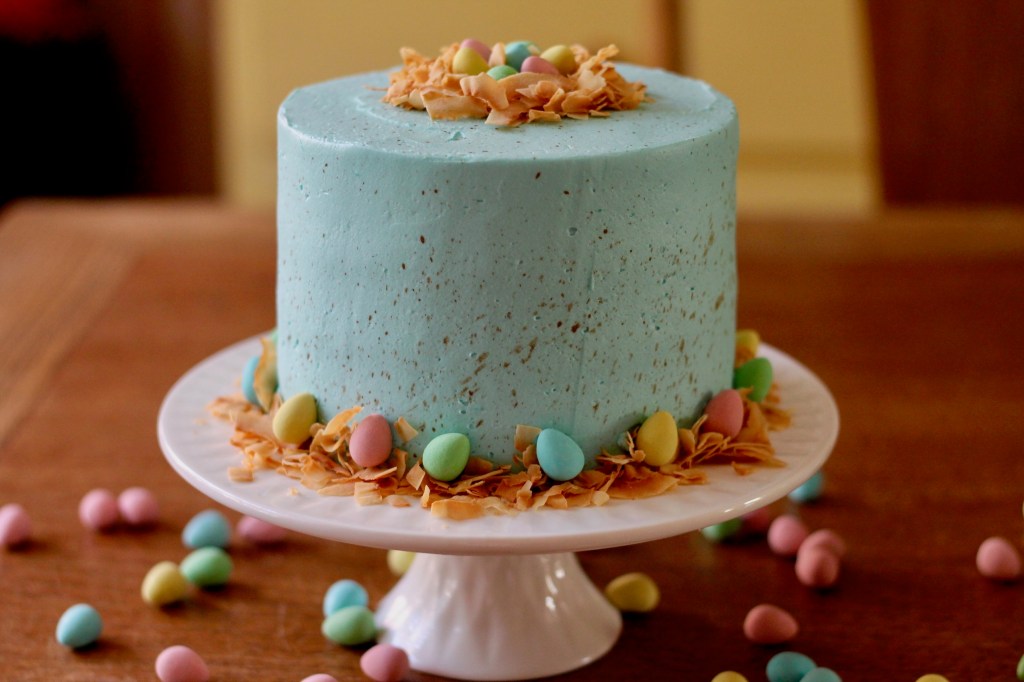
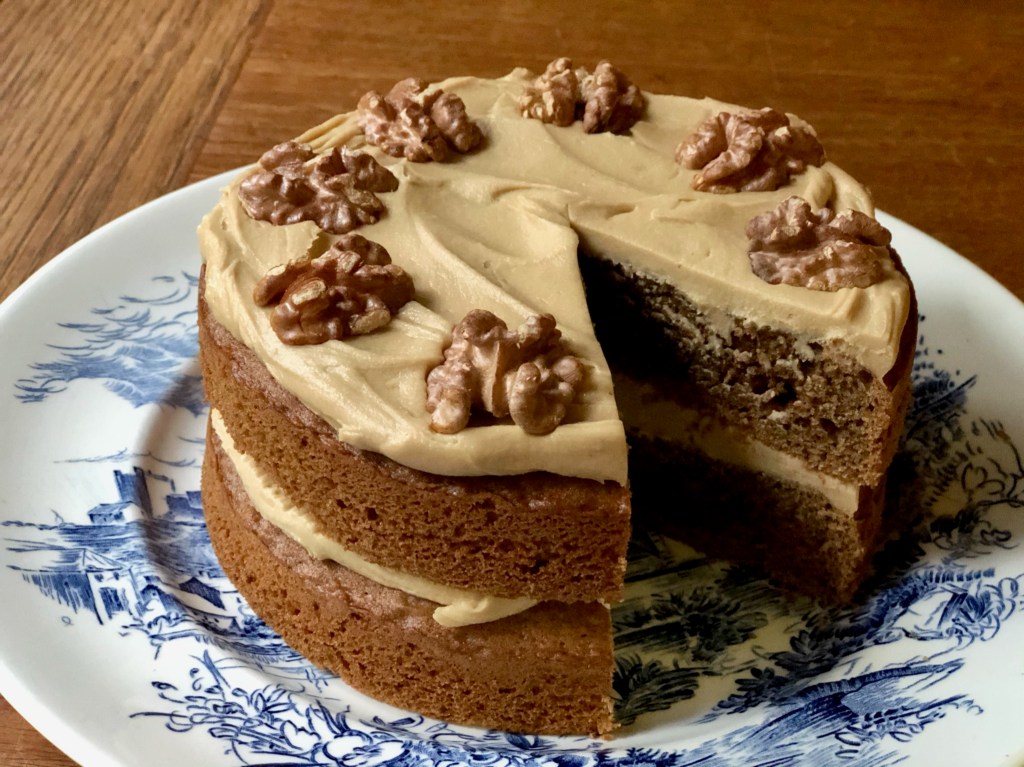
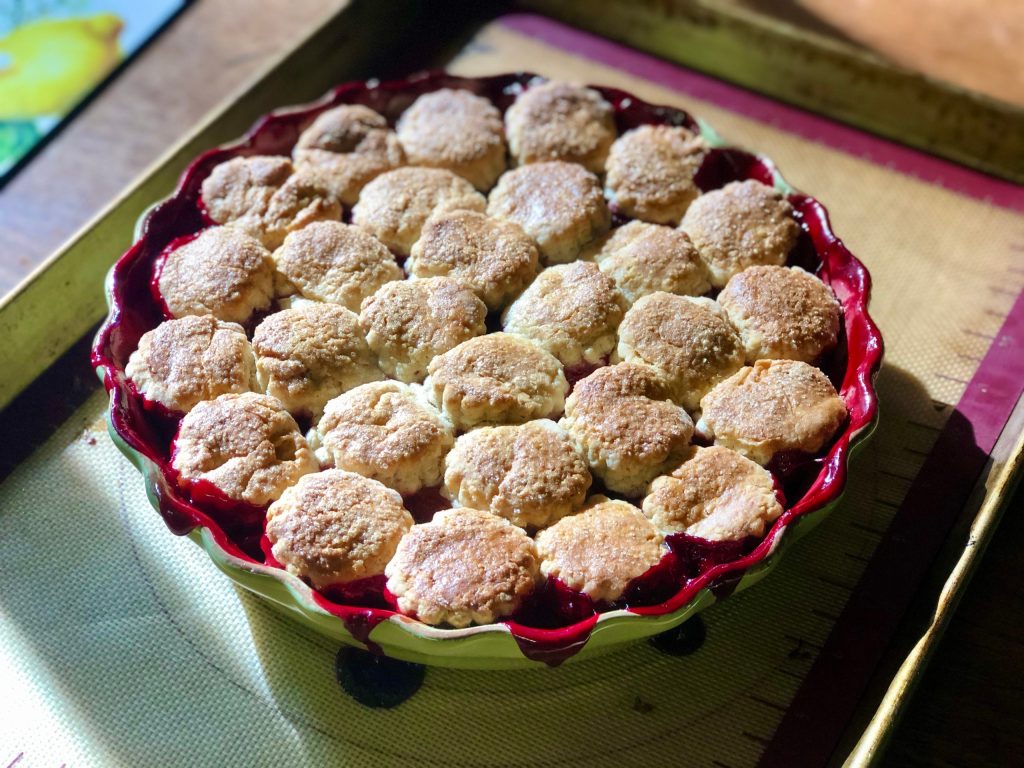
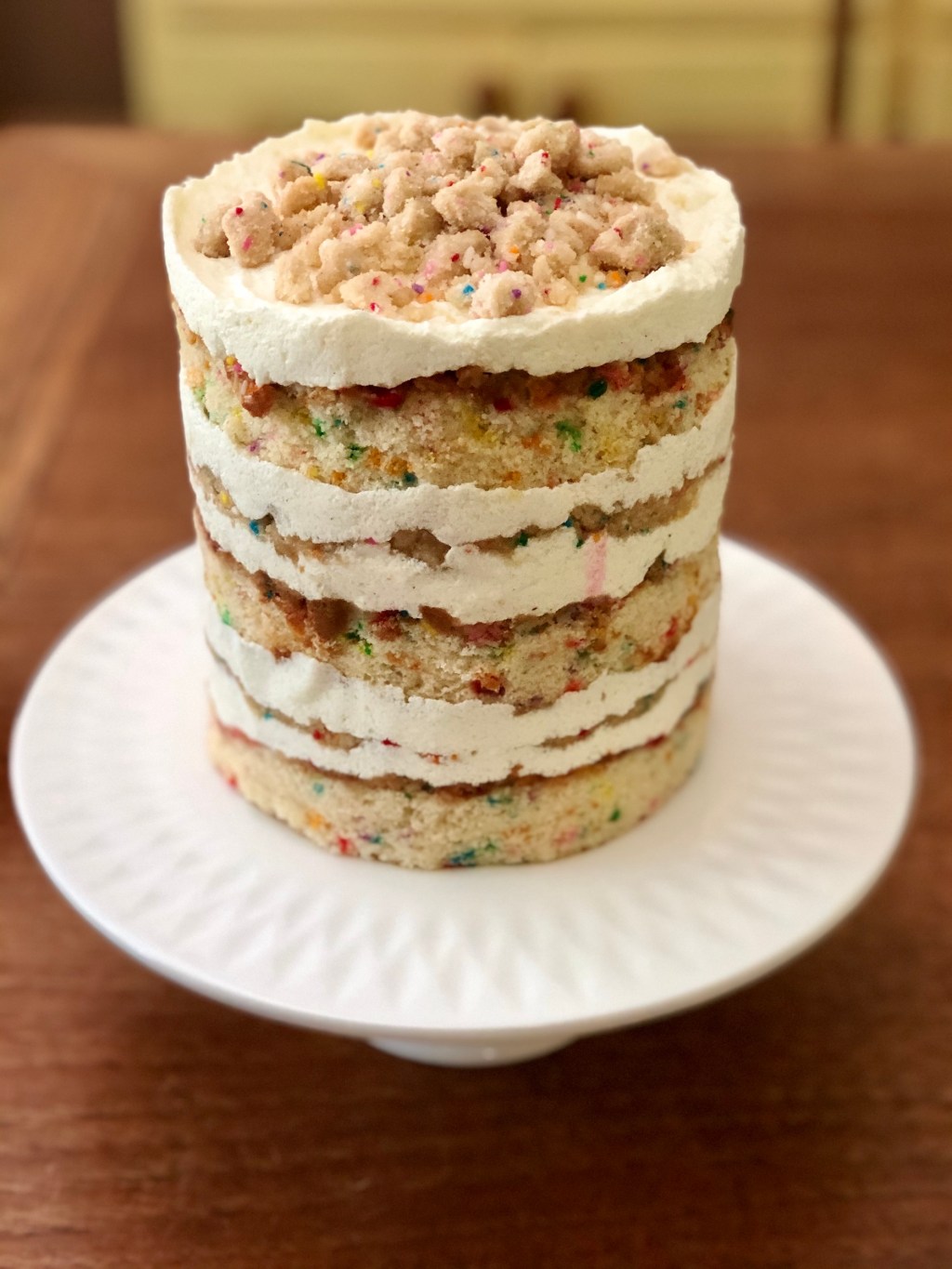
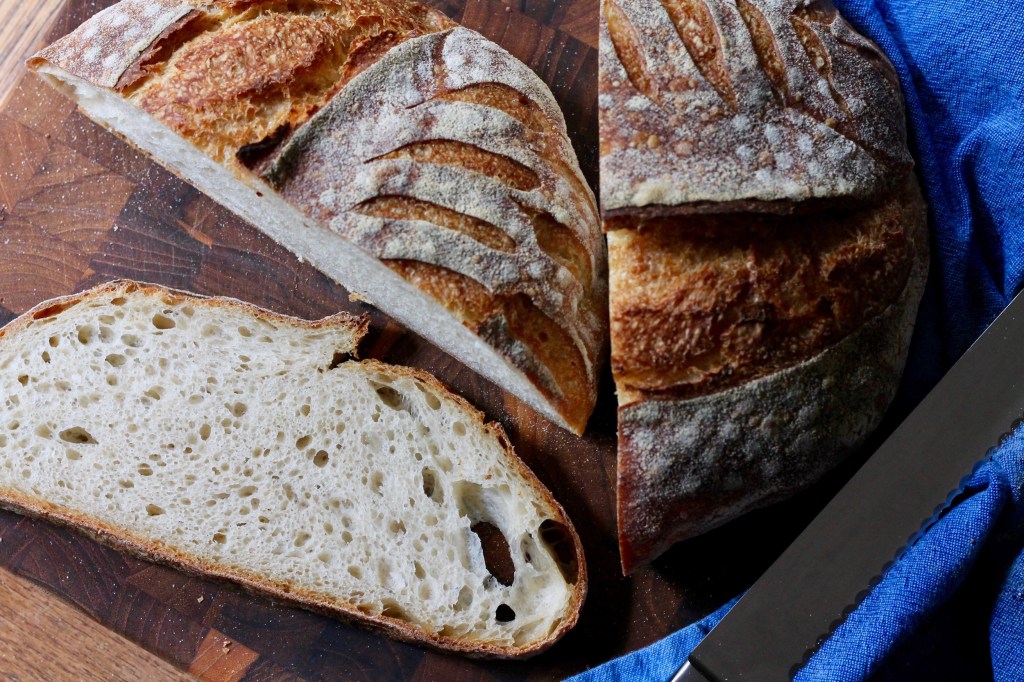
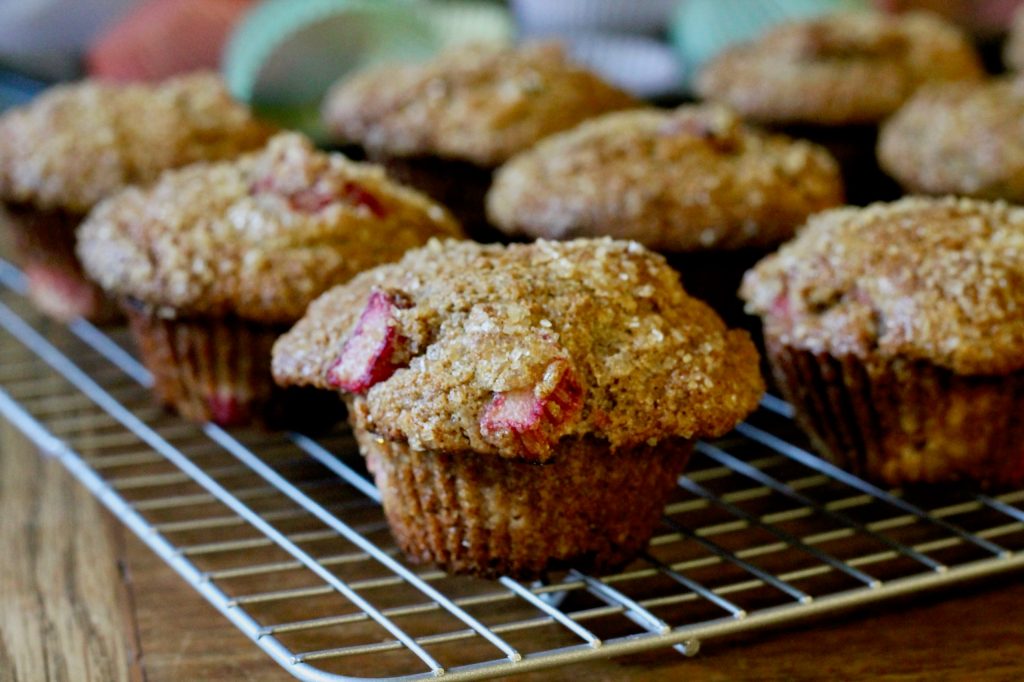
Leave a comment